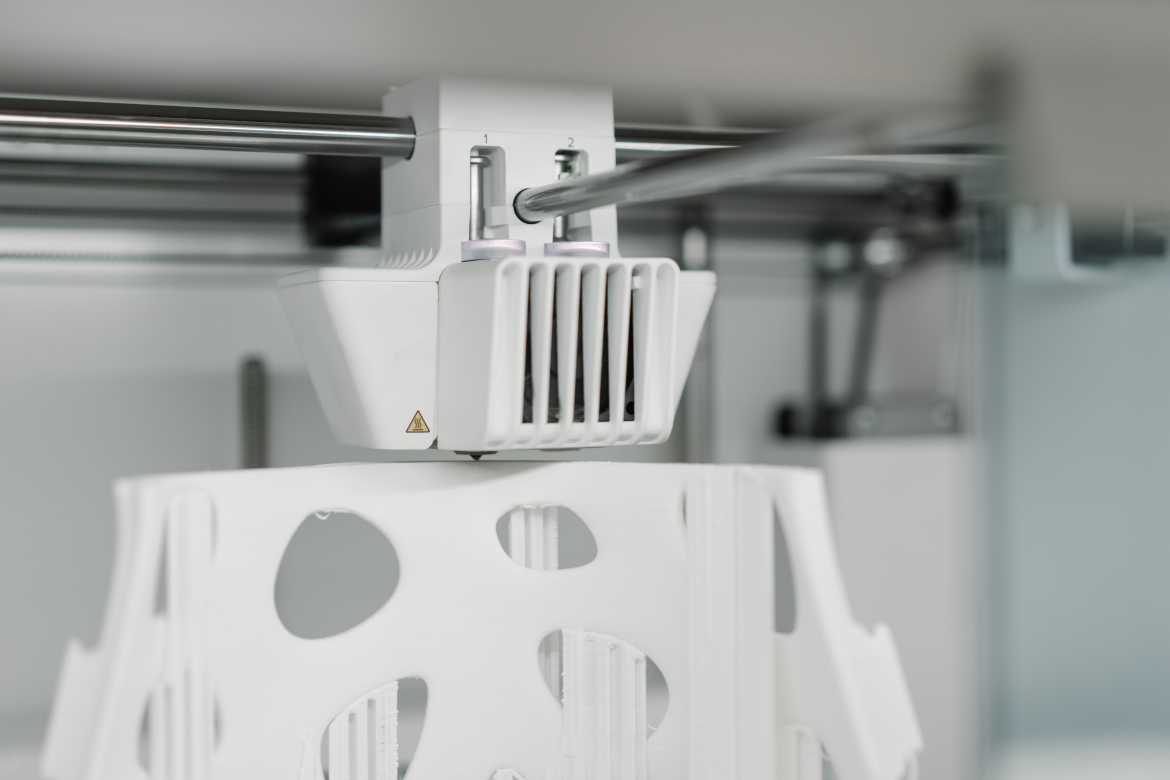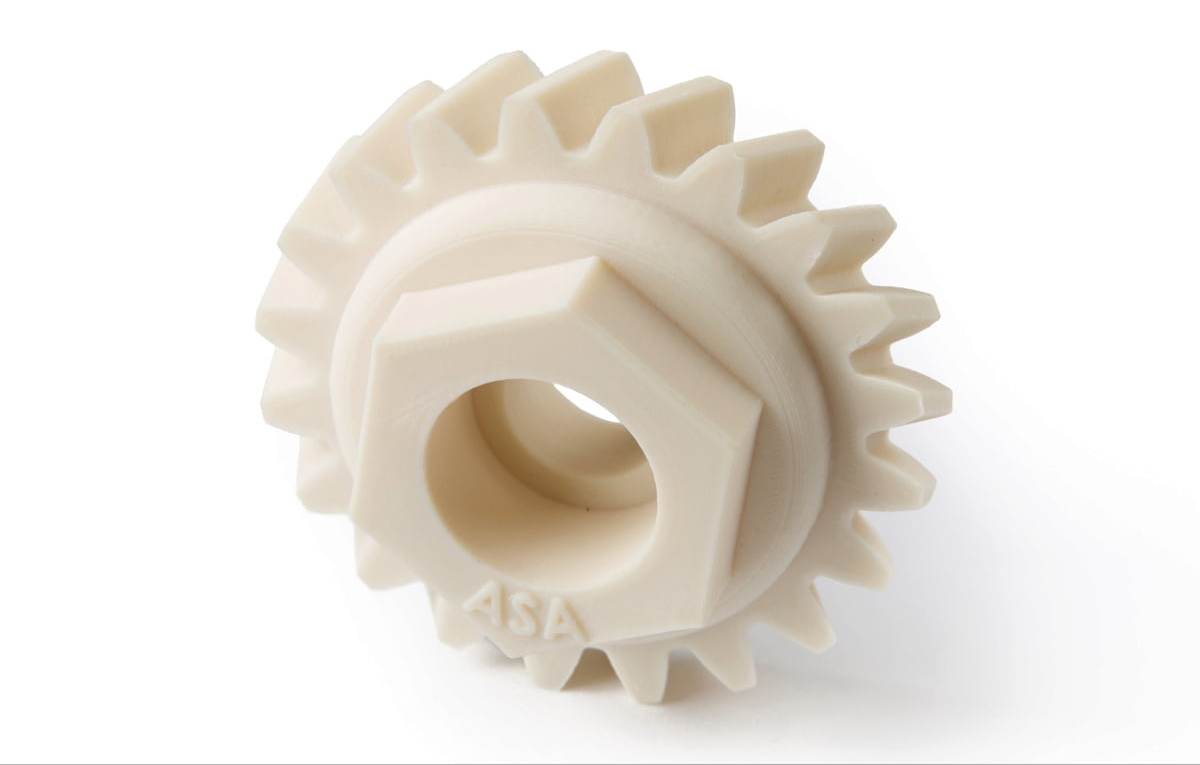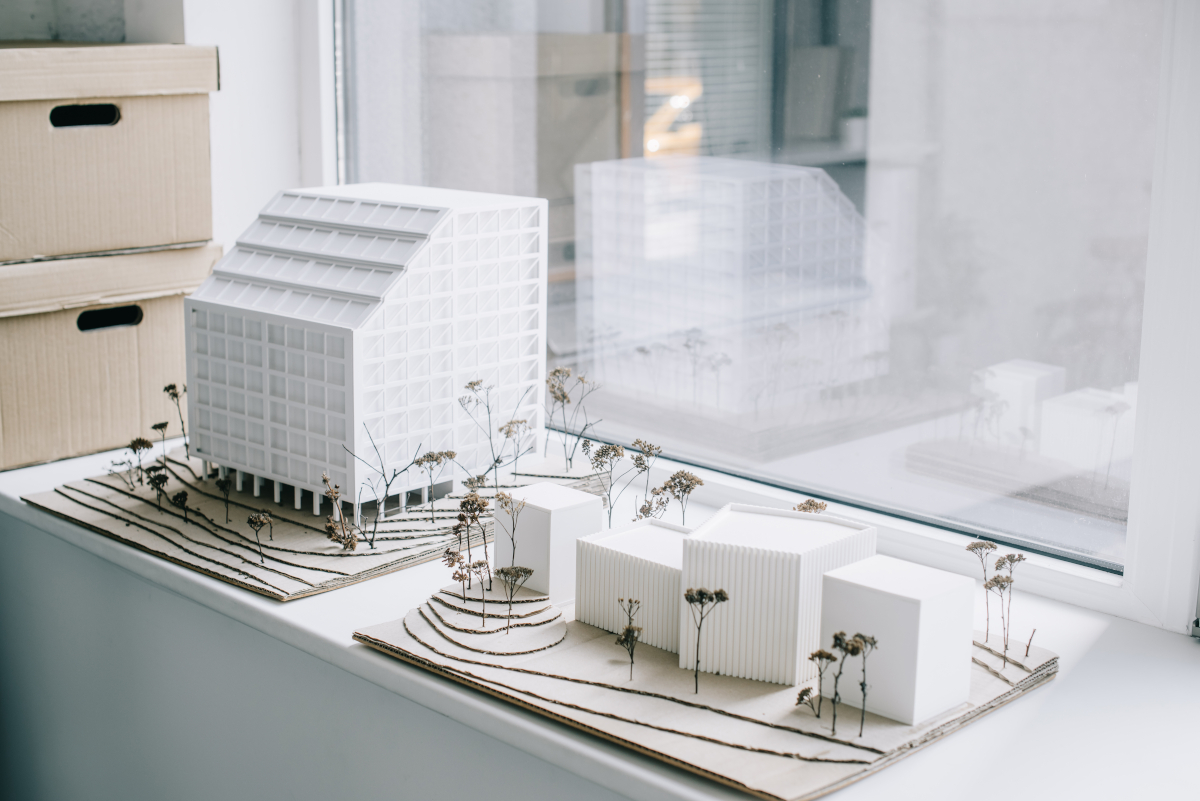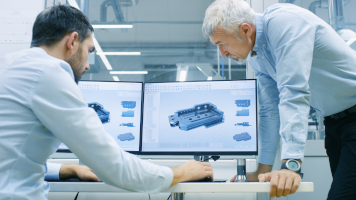3D Printing
Atreydes prints three-dimensional models in multiple types of technical plastic through 3D printers for different industrial sectors. Each application will require a kind of filament to satisfice the product necessities since they have many diverse properties.

3D print
Application Fields
Through this 3D technology, we produce complex pieces in a single block, which are more robust and reliable, instead of making a group of elements in various parts to assemble them after.
3D printing saves significant costs, as no complex production process is needed to develop new parts, but simply by changing the designs on the computer, they can be quickly reprinted and tested in a short time.
The world of prototypes is one of the sectors that has benefited most from these production changes. Virtually, every type of industry belongs to this sector, since the development of any new product goes through a costly prototyping phase.
With 3D printing these processes have been accelerated and made much simpler and cheaper.
Another use of 3D printing is to create molds. Instead of making the positive part (object itself), it is printed the negative one, (mold). This is done when the product needs to be manufactured in a different material which the 3D printer cannot handle.
This technology provides economic savings and, therefore, it is being installed very quickly.

Gear prototype
3D printing in architecture has really facilitated project presentations. In this sector, mockups were handcrafted, expensive and practically unchangeable.
Nowadays, it is possible to print any future building with complex characteristics without problems, with interior designs which allow clients visualize them physically with a wide range of possibilities. A clear example of complexity are the numerous 3D replications about great cathedrals.

Scale model of buildings
Currently, simulations and virtual reality are beginning to replace the old models due to its versatility and speed to make changes especially in interiors. In Atreydes, we also develop this type of three-dimensional modeling for the field of architecture.
This sector was one of the pioneers in integrating 3D technology into its research. Variety of projects which have been made are huge. Given that this field is mainly lead to help people in some health aspect, another technology as 3D scanning gains in importance since it adapt to human shapes and surfaces of each person.

Adaptative bracket
Materials
PLA (PolyLactic Acid)
This material is one of the most used in the market, due to low cost and ecological balance (bioplastic), with a manufacturing mainly based on corn starch and sugar cane. PLA has a service life of 40 years approximately. It is a biodegradable low-carbon footprint material. Thanks to its organic nature, it can contain foods. This material allows high level printings although distortions start to appear at the temperature of 60ºC.
ABS (Acrylonitrile Butadiene Styrene)
This is another material very applied in 3D printing sector, but also in industry in general. Lego pieces are made of ABS, although it is also used in car bodies, household appliances and mobile phone covers.
The difference with respect to PLA is that ABS has a polybutadiene elastomer base which make it more flexible and resistant to impacts.
Some of its properties are good finishing, acetone adherence, non-biodegradable, high carbon footprint and high distortion temperature of 110ºC as well as low temperature resistance (-20ºC).
A great disadvantage is that this material tends to shrink a lot when it is cooled, which a risk for pieces, so it will tend to unstick from the heat bed. Even cracks can appear in large format printings.
CP (CoPolyester)
CP has a high mechanical resistance and hardness. It distorts above 80ºC and can contain foods. No shrinks for printings, in other words, this material has the ABS qualities without the defects.
PC (PolyCarbonate)
Very resistant material for impacts and scratches, (the same material used for CDs and flak jackets). It is difficult to find and it is more focused on industry. PC degrades under sunlight, becoming opaque and brittle.
Nylon (PolyAmide)
Nylon is another filament which stand out because of flexibility and resistance. Low-porosity is an interesting property of this material, due to better connections between layer. This characteristic is very weird in FFF printing, but it is perfect where sealing is needed.
Great resistance to fatigue and repetitive forces, its distortion temperature is the highest of all printing materials. Acetone resistant.
Some disadvantages: nylon suffers more stress than ABS when it is cooled, so it presents more difficult printings and less level of details than other materials.
Wood filaments
This material, composed by 70% PLA and 30% natural wood fiber, is perfect for wooden appearance. It is very used in architecture mockups and logotypes. Depending on the printer fuser temperature, it is possible to get a clearer or darker color. They are flexible material with not too much resistance.
Metal filaments
There is a large variety of filaments with metal aspect which simulate steel, cooper, bronze, etc. They are usually alloys based on PLA or ABS with a percentage of certain specific metal, therefore, they reinforce the printed model structures, adding some weight in contrast.
These materials have others purely technical characteristics as conductivity, magnetism and stainless properties
PET (PolyEthylene Terephthalate)
PET is used for plastic bottles and containers manufacturing. The great quality of this material is transparency and crystal aspect. It is impact-resistant and does not distort when it is cooled. There are no alloys to make it flexible.
TPU (Thermo-plastic PolyUrethane)
TPU is the most flexible material when it is cooled. Around this kind of material, it is developed numerous products like slippers and fabric creations for pieces of cloth and bags.
Our Added Value
Our high added value offers the best solution for our customers, combining different technical areas, computer applications and technologies to optimize their final products.
3D scanning is the perfect companion for 3D printing, as it allows the reproduction of complex geometry parts without having to design them directly. It allows to make a digital copy of any object, saving time and cost in its reproduction. It customizes parts by adapting them to unique geometries, such as the shape of the human body, allowing 3D printing to adapt to them.






